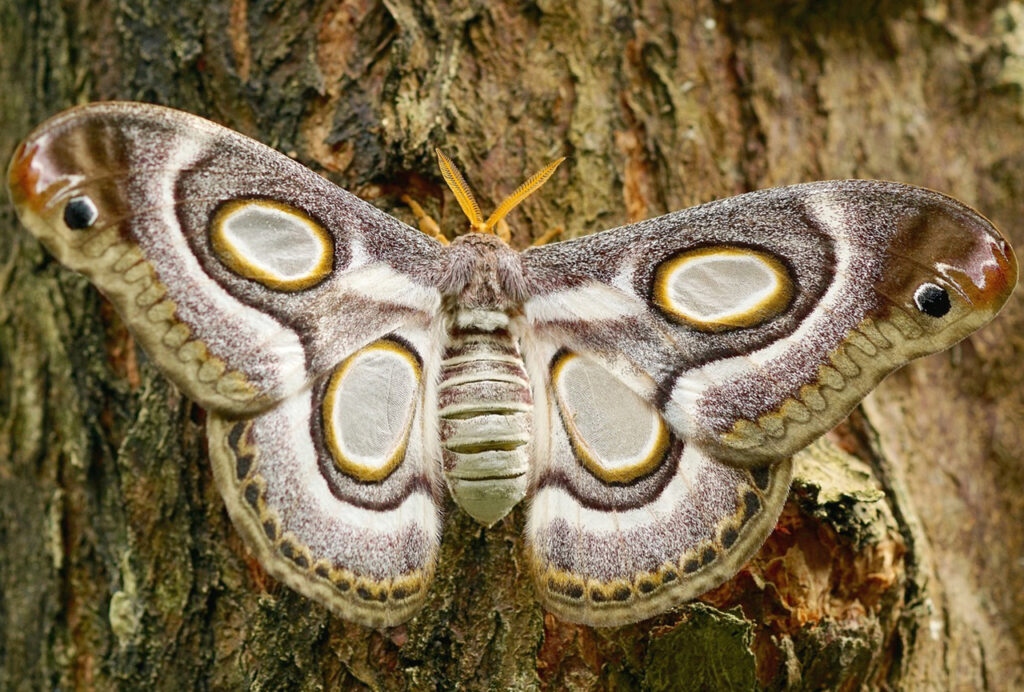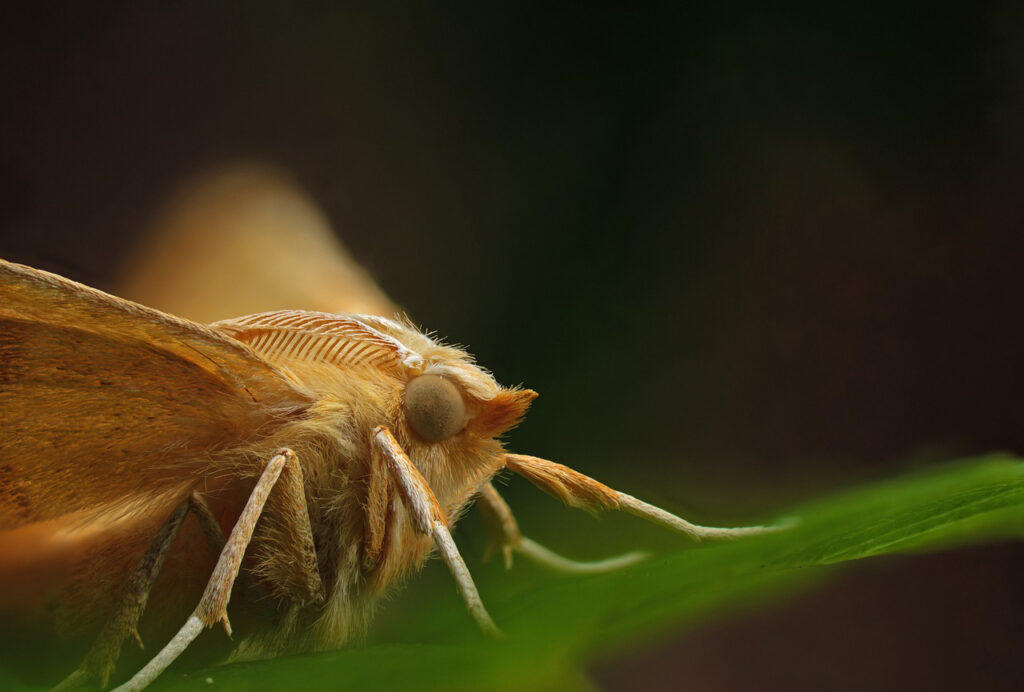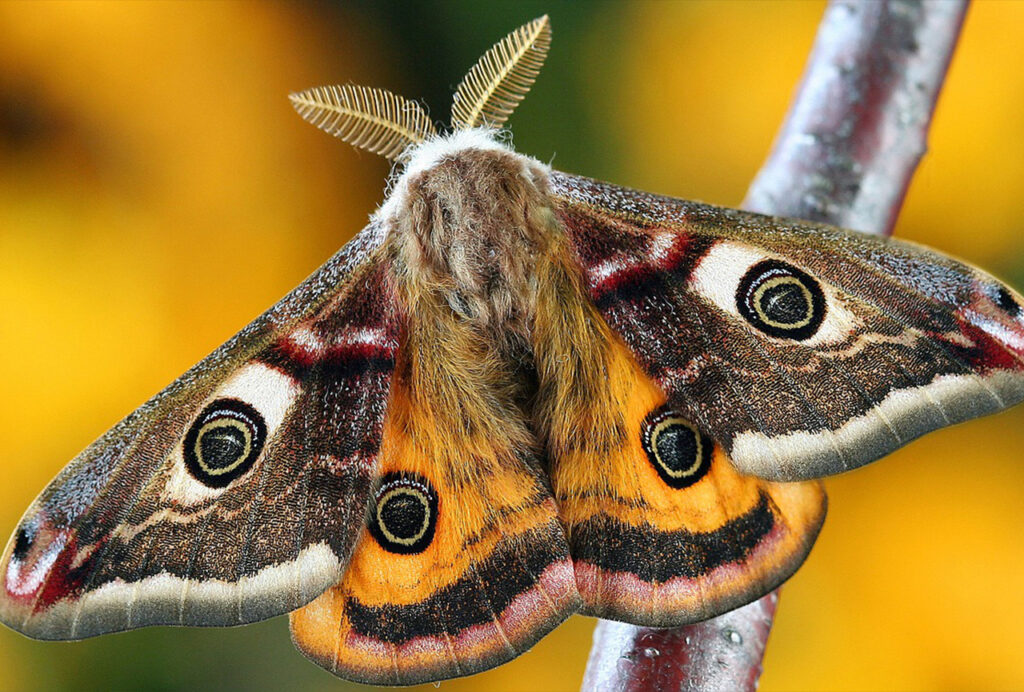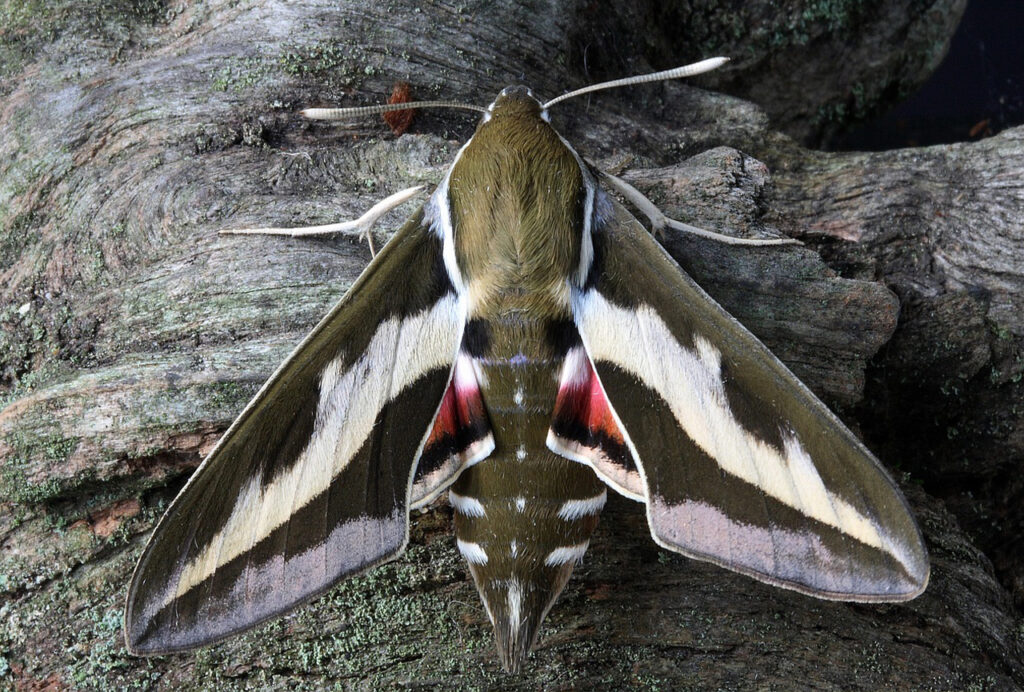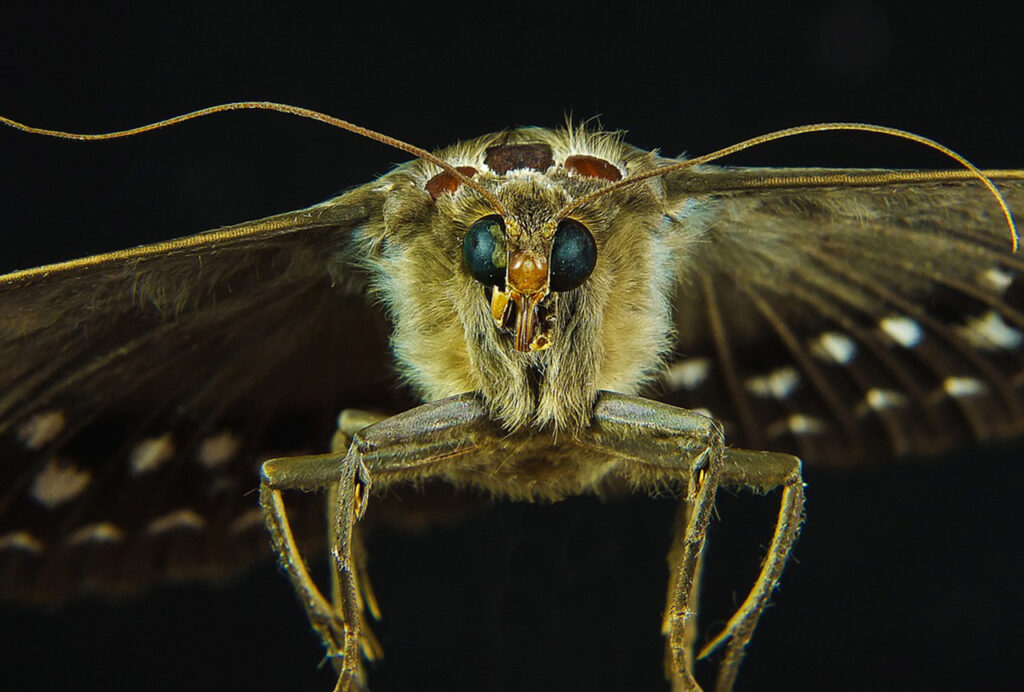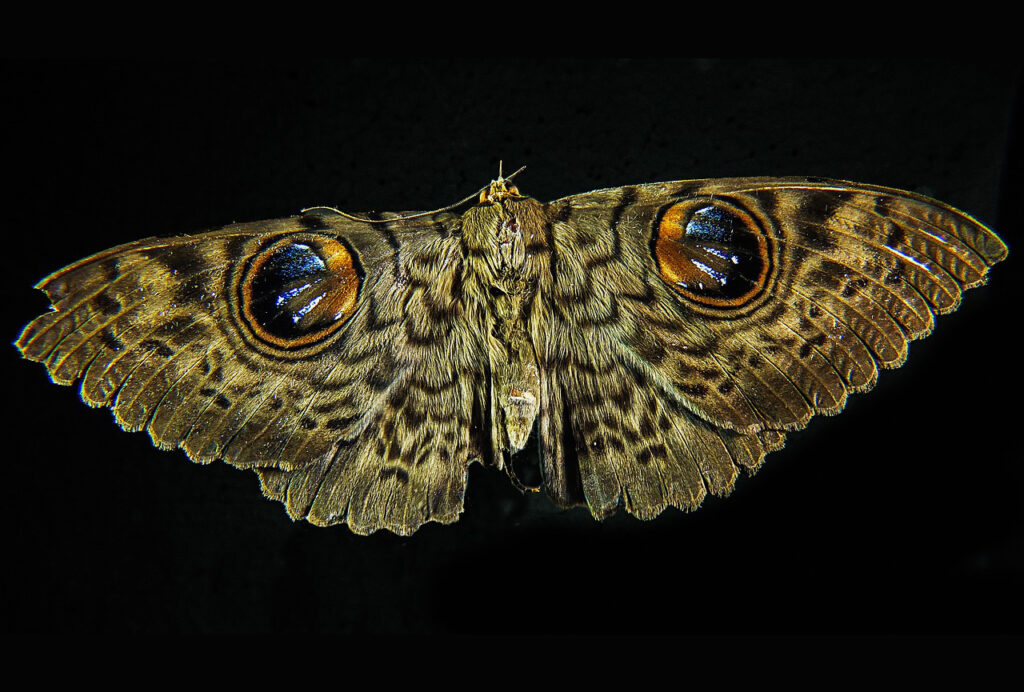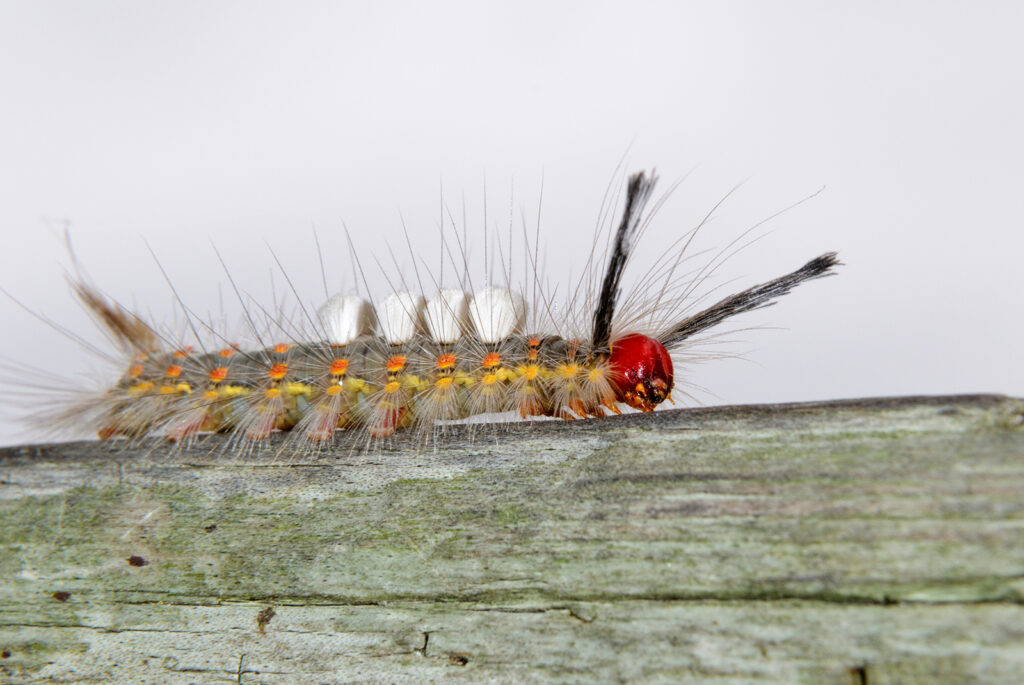Moths
The most common moth in the world is the miller.
The most common moth in the world is the miller. These moths are native to the northern hemisphere and have spread around the world via trade routes. They are not native to California, but can be found there nonetheless. In other parts of the country, millers are considered pests because they eat crops like cotton and hops. However, in California there are no crops that need protection from them. Instead it’s our own species of moths that we have to worry about!
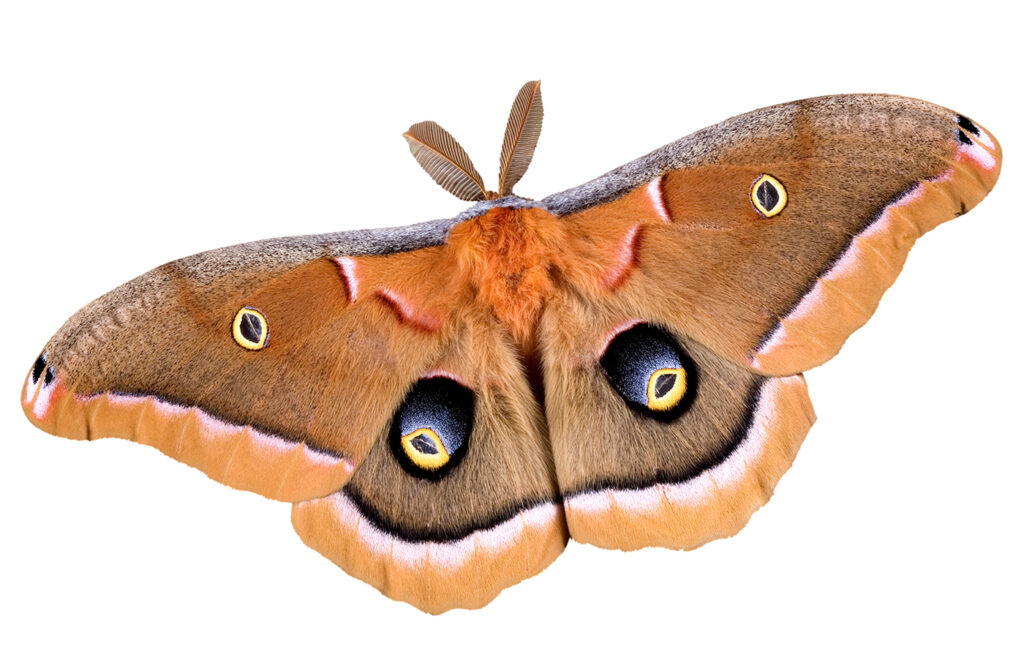
The most common moth in California is the polyphemus moth.
The most common moth in California is the polyphemus moth, also known as the North American giant silkworm moth. It’s one of the largest moths in North America, reaching up to 5 inches and weighing about 1 ounce.
The polyphemus moth isn’t considered a pest because it doesn’t damage crops or buildings or cause health problems for people. However, they can be an agricultural pest when they feed on fruits and other vegetation.
Most moths are not pests, but some that feed on clothes, such as the webbing clothes moth, can be pests.
Moths are not pests, but some moth species can be pests. The clothes moth is one example of a moth that can cause problems for homeowners. Moths have many life stages and are active at night, which makes it difficult to notice them.
Indianmeal moths are the most common kitchen pantry pest in California. It’s a small, gray-brown moth that lays its eggs in food products that contain grain or flour.
If you suspect there is a pest problem in your home, please contact us today!
The Tussock Moth is a native to the Sierra Nevada region of California. It is most commonly known for its destructive larval stage, during which the caterpillar feeds on the needles of trees, causing widespread damage. The Tussock Moth can be easily identified by its unique appearance, characterized by four tussocks of buff-colored tufts along its back. Despite its distinctive appearance, the Tussock Moth is considered a pest in California, causing harm to local ecosystems and requiring control measures.
Some moths are pollinators.
Some moths are pollinators that they carry pollen from one flower to another, allowing the plants to reproduce. Moths are very important pollinators in many parts of the world. For example, in tropical areas where other insects cannot survive, moths play a large role in plant reproduction. In temperate zones, moth pollination is important for many species of plants that could not survive without it, such as cacti and orchids. Some plants depend on moths to spread their pollen even further than wind can take it.
Moths also benefit humans by helping us grow crops like corn and potatoes.
Moths are nocturnal
Moths use their antennae to find food and smell their way around when there isn’t enough light for them to see with their eyes. A moth’s sense of smell is so strong that it can detect flowers from very far away! Moths are attracted to light at night because they think it means there’s food nearby.
Moths lay many eggs at a time.
Moths lay many eggs at a time. The eggs are usually laid on or near food sources, and the moth is careful to hide the egg mass in a hidden place. Moth eggs are usually laid in groups of about 100, but can be as few as 10 or as many as 1,000 or more.
Most moths have furry wings.
- Most moths have furry wings.
- Some moths have scales on their wings.
- Other moths have no scales on their wings.
- Still other moths have hair on their wings.
- Some species of moth have transparent or patterned wings, but these are not common in the United States.
There are more than 160,000 species of moths worldwide and most of them are helpful not harmful to humans.
Most moths are not pests, but some that feed on clothes, such as the webbing clothes moth, can be pests. Moths have four stages in their life cycle: egg, larva (crawlies), pupa (cocoon) and adult. The larvae look like worms with six legs and a brown head capsule. They’re called “worms” because they’re worm-like in appearance. The adult moths are what most people think of when they hear the word “moth.” They have two pairs of wings with scales overlapping like roof shingles on an attic roofline; some species have only one pair of wings instead of two.
Moths are fascinating creatures that can be found on every continent except Antarctica. There are over 160,000 species of moths in the world and they come in a variety of colors and sizes. While most moths are harmless to humans, some species like the webbing clothes moth can be pests because they feed on fabric items. Moths live off of plants by pollinating flowers or eating their leaves which helps them survive, as well as provide food for other animals including birds or bats that prey on them.

